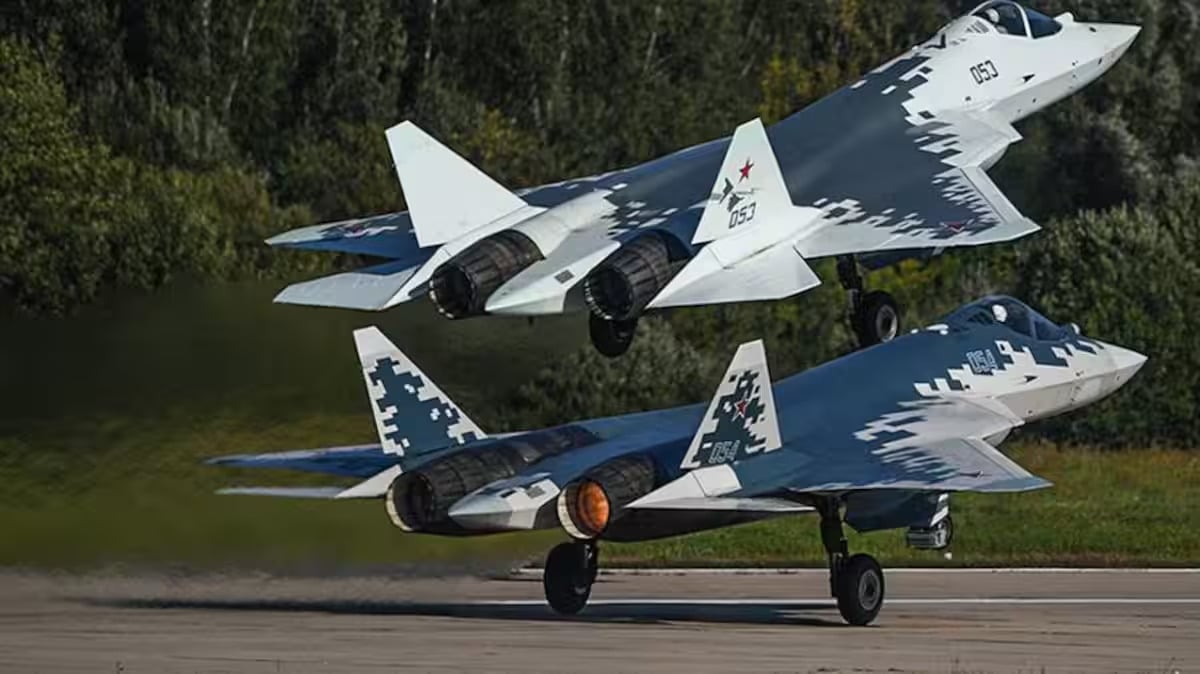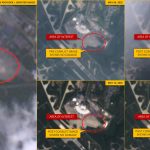In the wake of rising regional tensions following India’s Operation Sindoor, Russia has extended a renewed offer to India for its Su-57E fifth-generation stealth fighter jets. The proposal, reported by the Indian Defence Research Wing, emphasizes technology transfer, deep localization, and alignment with India’s Make-in-India defence initiative.
Sources within Russia’s defence conglomerate Rostec confirmed that the deal includes provisions for co-production of the Su-57E in India, with Hindustan Aeronautics Limited’s (HAL) Nashik facility identified as the preferred manufacturing site. This facility, having already produced over 220 Su-30MKI jets under license, possesses the necessary infrastructure and experience to support production of the stealth aircraft.
The Su-57E offered to India would include key upgrades tailored to Indian Air Force (IAF) needs, such as integration with a Gallium Nitride-based AESA radar and an Indian-developed mission computer, aligned with India’s Super-30 modernization program. Russia is also willing to allow India access to source codes, enabling custom modifications and deeper cooperation with Indian private and public sector defence firms.
In addition to long-term localization, Russia has proposed supplying 20 to 30 Su-57E aircraft directly off the shelf to accelerate the IAF’s fifth-generation fighter capability. Full integration of Indian systems and components into the production line is expected to take approximately three to four years.
This move is seen as a significant opportunity to enhance interoperability between the future Su-57E fleet and India’s existing Su-30MKI aircraft, especially in deploying indigenous air-to-air and air-to-ground munitions. Analysts note that such a collaboration could position India as a major hub for advanced stealth fighter production in the region.
The Su-57E, Russia’s only operational fifth-generation stealth jet, is designed for radar evasion, features supercruise capabilities, and is equipped with long-range R-37M air-to-air missiles capable of engaging targets up to 400 kilometers away. The offer comes at a time when India is intensifying its push for indigenous defence production and advanced aerial warfare capability in response to regional security challenges.













